Design
Hero of Design: Dieter Rams
More than half a century after pre-eminent minimalist, Rams, started designing, his influence is still felt profoundly.
我们接受:
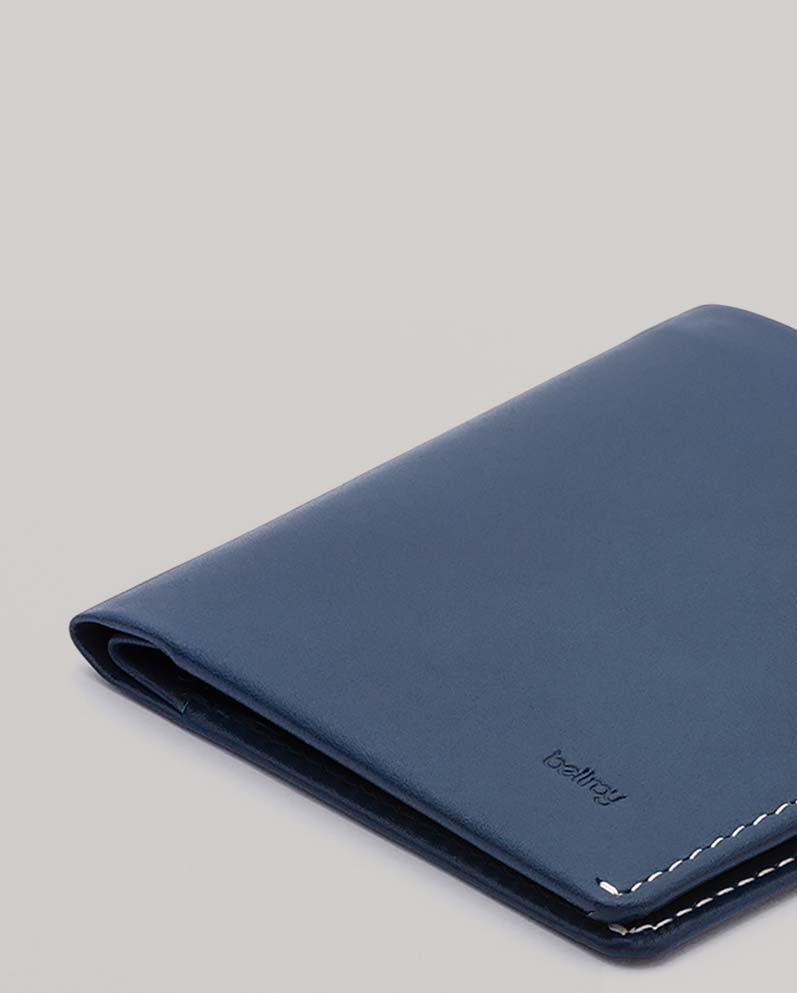
Management books, marketing blogs, life podcasts and the creators of Twitter are urging us to simplify the message, simplify the product, simplify our entire lives. And we try. But, what happens when none of us wants to give up our smartphones, global travel or touch-free payment systems – all of which require incredible complexity to exist? How do we resolve this apparent tension? Thankfully, there’s a path through the confusion with a better understanding of the word ‘simple’.
As the late Steve Jobs explained in Insanely Great: “When you start looking at a problem and it seems really simple, you don’t understand the complexity of the problem. Then you get into the problem, and you see that it’s really complicated, and you come up with all these convoluted solutions. That’s sort of the middle, and that’s where most people stop. But the really great person will keep on going and find the key, the underlying principle of the problem—and come up with an elegant, beautiful solution that works.”
So there’s the kind of simple that exists on the layer above complexity, which we like to call the ‘naive simple’. This is the kind of simple that occurs with flatpack assembly instructions, or changing that tap washer – which instead just makes you feel like Simple Simon. In other words, it’s made to look, sound and seem simple, but that’s on the surface.

As you start trying to solve the real problems, you build to complexity, which is where all the patches and hacks and elaborate solutions fight for your attention. This is the fighter-jet cockpit or the 80-page instruction manual, where you must stop your life for a moment just to understand what’s going on. When you leave things here, they remain really rather complicated.
But then, with enough persistence, you push through to the kind of simple that comes next, where it takes on an elegance. It provides a solution to the problem in the simplest form. It’s not surface simple. It’s deliberate, purpose-filled simple. This is the kind of simple that comes from applying insight and expertise to a complex but deeply understood problem or situation. So the result may look simple, but at its core, it holds a strong level of capability and relevance that shapes it.
“Perfection is achieved, not when there is nothing more to add, but when there is nothing left to take away.” - Antoine de Saint-Exupery
Take the iPhone, for example. It’s anything but simple, yet it has the appearance of simple. It’s sleek, clear and easy to use. Increasingly complex layers remain hidden, until you need them. Organization, hierarchy, patterns and intuitive approaches all help you make sense of only the bits that are relevant at each moment. This is the simple that requires deep understanding and great effort – as well as great discipline – to achieve.
So, as you navigate the different levels of simple, it’s useful to keep a North Star in mind. So you know what kind of simple you’re aiming for. For us, it comes from John Maeda, who wrote an entire book about simplicity, and then summarized it with one law: “Simplicity is about subtracting the obvious, and adding the meaningful.”
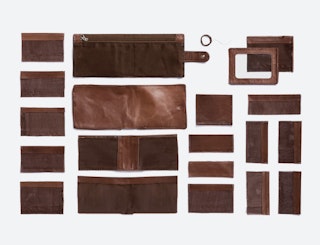
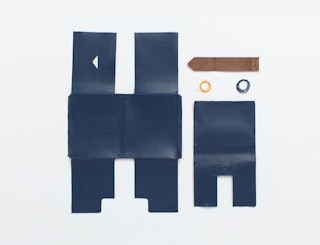
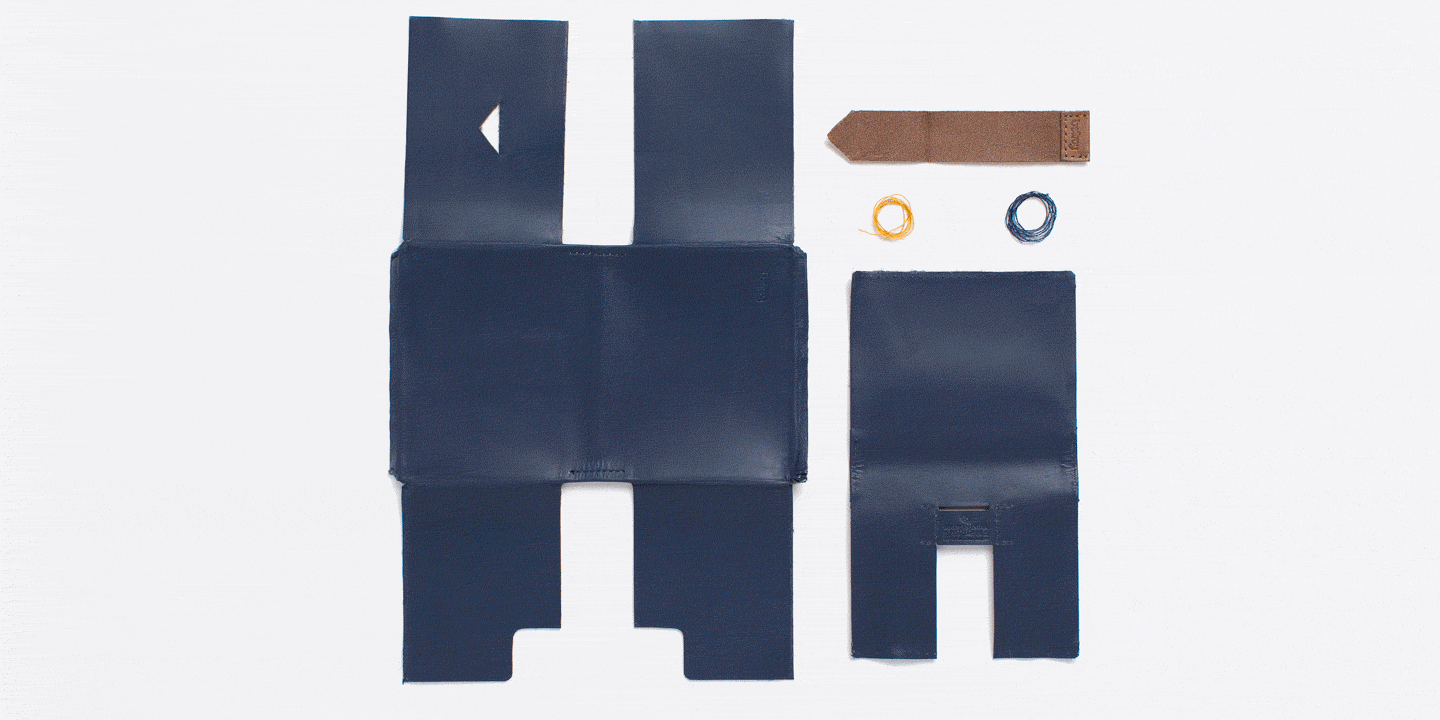
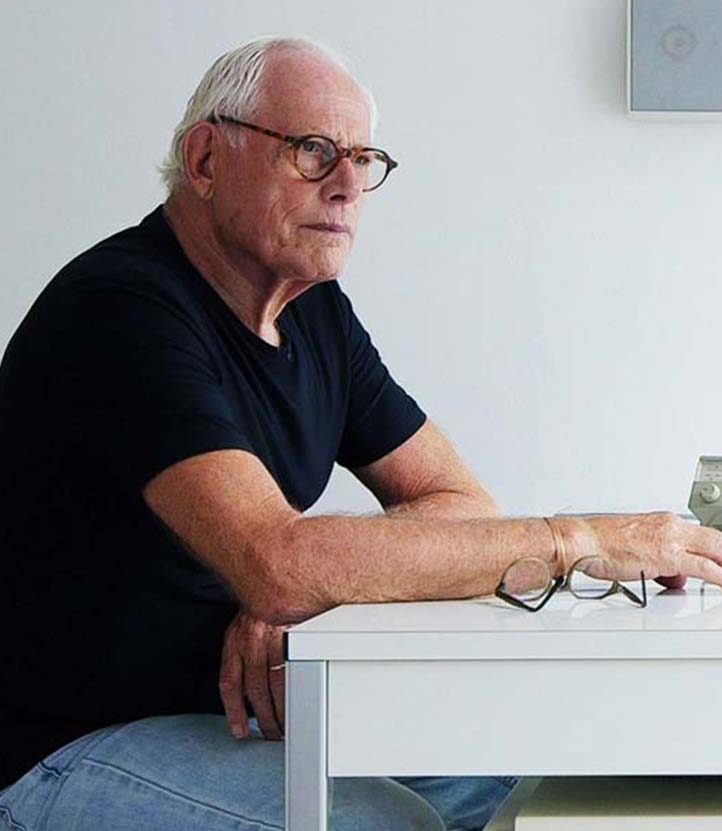
More than half a century after pre-eminent minimalist, Rams, started designing, his influence is still felt profoundly.

IKEA understands that design can be a great equalizer. Read more about what we take from this philosophy.

Designers Edition lead designer, Davin Hanna, shares his perspective on design, and the process that guides it.